Strategic Planning (with Examples) for Technical Program Managers
Table of Contents
In the world of technology, the landscape is ever-changing, and the success of a program largely depends on the effectiveness of its strategic planning. This blog post aims to explore strategic planning example to understand how TPMs can navigate the complexities of their roles.
Laying the Groundwork for Strategic Planning
Strategic planning for a technical program involves more than just setting goals and objectives; it requires a deep understanding of the technological landscape, foresight into market trends, and the ability to align various moving parts towards a common vision. For TPMs, it means not only managing the current state of affairs but also anticipating and preparing for future challenges and opportunities.
Before diving into strategic planning examples, it is important to develop a solid foundation in the planning process. This involves:
Solution Roadmap: Develop a clear and inspiring vision that serves as the north star for your program. This vision should be ambitious yet achievable, and align with both market needs and technological capabilities.
Technology and Resource Assessment: Evaluate your current technological assets, software and hardware skills, financial staff equipment resources. Understand the overall market trends and how emerging technologies might impact your program.
Stakeholder Engagement: Engage with everyone who has a stake in your program, from customers, to leadership, to cross functional team members, to partners. Understanding their expectations and concerns is crucial for setting a realistic and shared vision.
The Strategic Planning Process
With the groundwork laid, you can now delve into the strategic planning process:
Step 1: Define Program Scope
Setting clear, measurable, and achievable program scope is the cornerstone of any strategic plan. For a technical program, these goals might include understanding the customer requirements for new product, services, and deliverables, timeframe and quality expectation, demonstration at trade shows, proof of concept demos, field trials, or commercial deployments.
Step 2: Architecture and Solution Design
This step involves defining the architecture and solution design. This can range from the technical specification, system design, software features requirements and development, hardware design, manufacturing and production. It is important to conduct an analysis to understand your program’s position. Consider using scenario planning to evaluate how they might impact your goals. Remember, in technology, being agile and forward-thinking is key.
Step 3: Organization Setup & Resource Allocation
Effective resource management can make or break a technical program. It is important to understand the organization setup for your program including contact, interfaces, roles and responsibilities. Allocate your budget, personnel, and technology in a way that maximizes efficiency and aligns with your strategic goals. Consider investing in training to ensure your team’s skills are up-to-date with the latest technological advancements.
Step 4: Implementation Plan
Break down your strategies into actionable steps. This is where project management methodologies, especially agile ones, play a significant role. They allow for flexibility and quick adaptation to changes, which is essential in the tech industry.
Step 5: Monitoring and Evaluation
Continuous monitoring and evaluation are critical. Set up KPIs (Key Performance Indicators) and regular review mechanisms to track your progress. Be prepared to adjust your strategies in response to new challenges and opportunities.
Strategic Planning for 5G New Radio Deployment
In early 2018, the service provider customer was eager to launch 5G. However, the 3GPP specification is not yet complete. The software development, hardware, and handset chipsets are all under development as the specification was still in progress. For successful commercial deliveries, there were many dependencies on the technical specification, third-party inter-working with user equipment and chipset, software and hardware readiness, and test scope.
- The 3GPP specification freeze dates.
- Software delivery timeline in the various point releases (PT).
- High-level timeline for interoperability testing with handset vendor and various chipsets
- Customer field trial, commercial network build, and launch timeline expectation.
- Marketing engagement via Mobile World Congress (MWC) and Mobile World Congress America (MWC-A) via technology showcase, demos, and press releases.
- High-level scope of the quarterly customer engagement and test scope.
Mobile World Congress Demo Replica
In the planning phase, we need to answer the simple questions of why, what, how, and who. Why are we doing this project in this case is the customer marketing and press release driver. Since the commercial product is not yet ready, we had to start with a demonstration.
What we did was set up a replica of the demo setup at the Mobile World Congress trade show in the Nokia New Jersey lab. The goal is to achieve the first over-the-air end-to-end basic call with video streaming as the use case. More specifically, we delivered layer 1 and layer 2 interoperability of the Nokia 28GHz millimeter radio with Qualcomm user equipment.
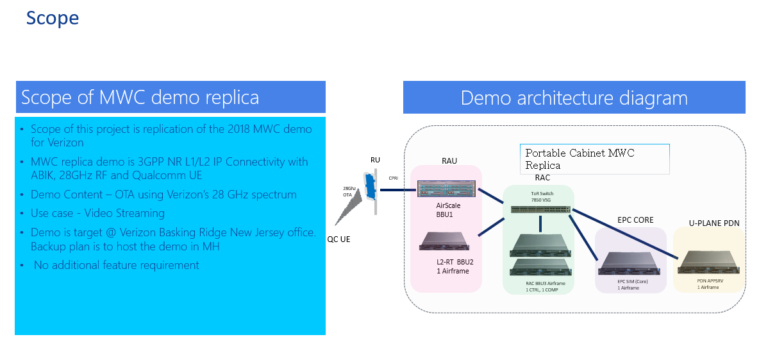
How to deliver the project is the implementation plan. It includes defining the key deliverables, the tasks, the milestones, and the timeline to achieve the project goal. The issues and risks need to be evaluated with clear action or mitigation plans, owners, and due dates for resolution. We had to work through many challenges.
- The standards are being developed a the same time that the software is being designed and developed.
- Testing with prototype hardware and a high failure rate.
- First-time integration and interoperability testing with Qualcomm chipset vendor
Who will be doing the work? The project plan should clearly define the teams, and their roles and responsibilities. Each task should be assigned ownership.
Despite the short timeline and multiple challenges, the team achieved a successful demo to the customer and a successful marketing press release.
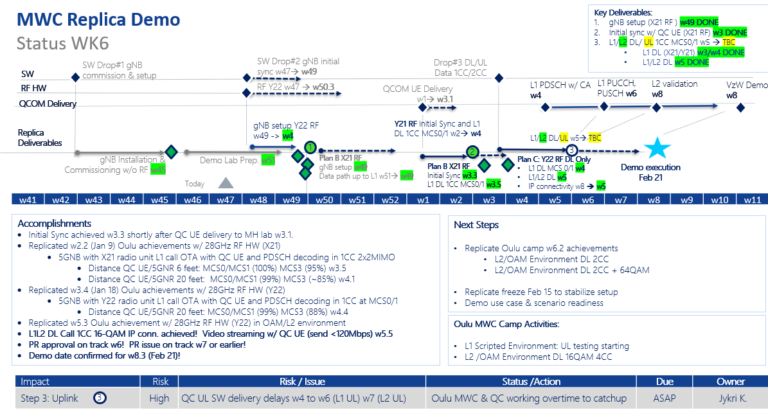
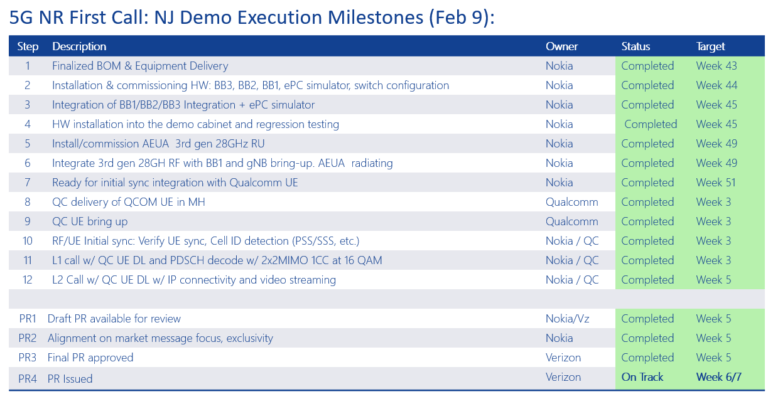
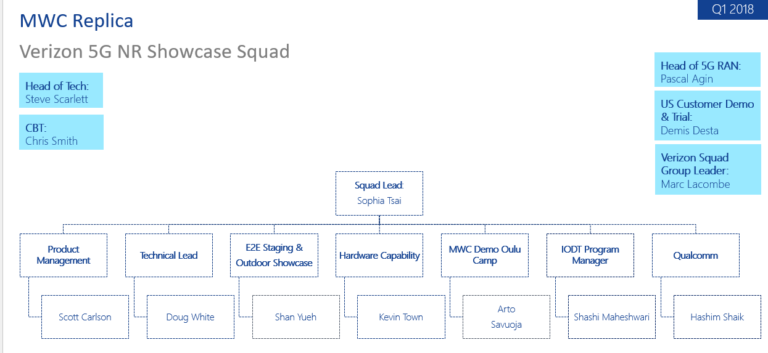
Mobility Showcase
The first two slides show the high-level planning documents in February 2018 for a demo in August.
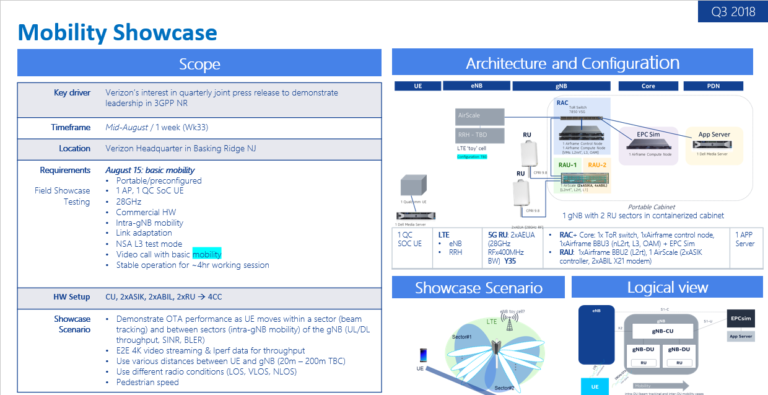
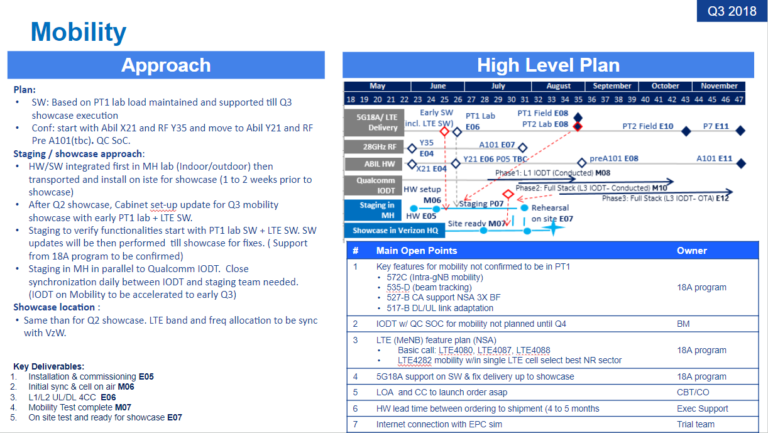
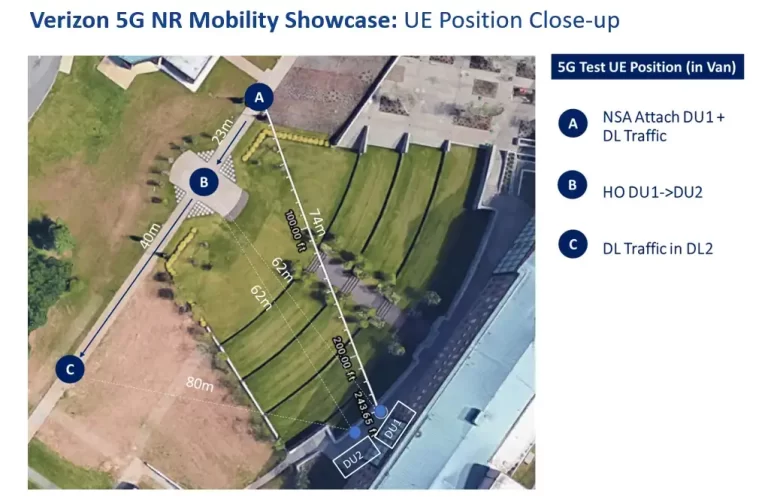
Technology Trial
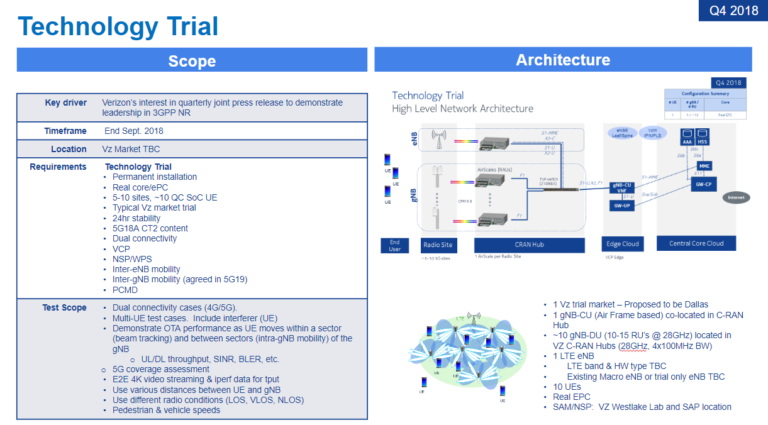
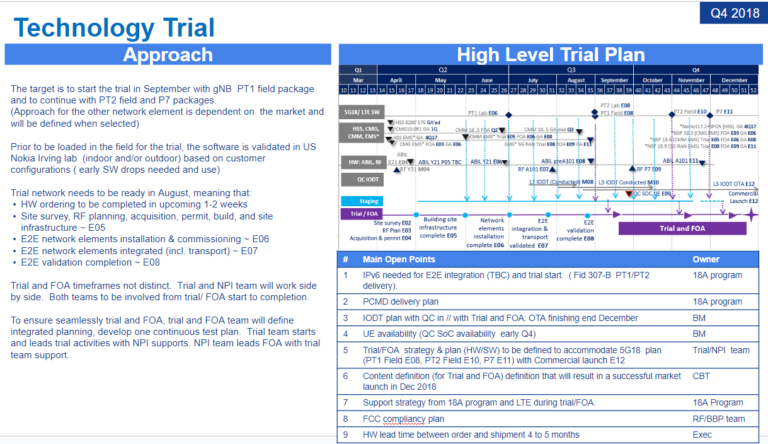
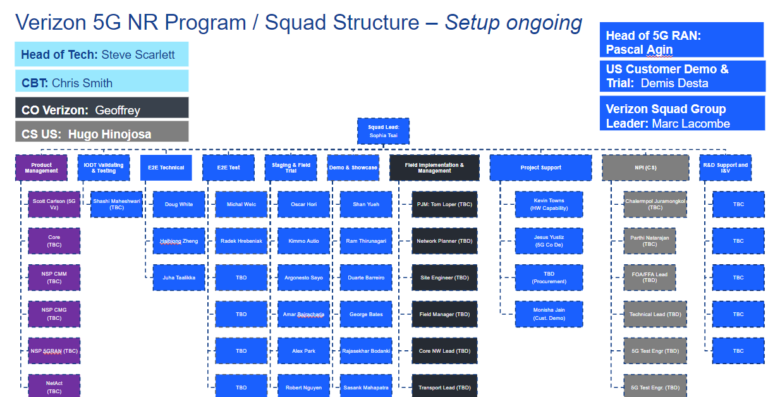
Overcoming Common Pitfalls & Conclusion
In strategic planning for technical programs, several pitfalls can hinder progress:
Lack of Adaptability: The tech world is dynamic. Your strategic plan must be flexible enough to adapt to new technologies and market changes.
Poor Communication: Misalignment between team members and stakeholders can derail even the best-laid plans. Maintain clear and consistent communication channels.
Inadequate Risk Management: Identify potential risks early and develop mitigation strategies. This could range from tech failures to market shifts.
Strategic planning is not just about setting goals; it’s about crafting a vision for the future and meticulously charting a course to reach it. In the fast-paced world of technology, where change is the only constant, a well-thought-out strategic plan is your best bet for staying ahead of the curve.
We encourage you to leverage these steps in your technical programs. Remember, the journey is as important as the destination. Strategic planning is an ongoing process of learning, adapting, and growing.






